Paleontology relies heavily on evidence to reconstruct the lives of extinct creatures, and teeth fossils are among the most valuable tools. The fossilized teeth of dinosaurs provide a remarkable window into their past, offering crucial insights into their feeding habits and evolutionary relationships. By carefully examining the structure of these teeth – their shape, size, and wear patterns – paleontologists can deduce much about what these ancient animals consumed. However, interpreting this information isn’t always straightforward, and there's ongoing research exploring the complexities of dinosaur diets.
This exploration delves into the techniques used to analyze dinosaur teeth, specifically focusing on morphology and how it relates to the types of plants, or even animals, they likely ate. We'll examine how tooth shape can tell a story about abrasive versus softer foods, and discuss the limitations and ongoing debates within the scientific community regarding this interpretation. Understanding the relationships between tooth form and diet is crucial for building a complete picture of dinosaur ecosystems.
Tooth Shape and Herbivore Classification
The shape of a dinosaur's teeth is a primary indicator of its diet, particularly in herbivores. Conical teeth, like those found in Parasaurolophus, are well-suited for cropping and grinding tough, fibrous vegetation. Conversely, flatter, blade-like teeth, such as those seen in Corythosaurus, are optimized for shearing grass and other low-lying plants. The degree of serrations – the sharp ridges along the tooth’s edge – also provides vital clues.
A high degree of serrations, commonly found in hadrosaurs (duck-billed dinosaurs), suggests a diet of abrasive vegetation, like ferns and cycads, requiring significant tooth wear. Lower serrations, or even smooth teeth, indicate a preference for softer plant material. Importantly, the placement of these serrations – are they tightly packed or widely spaced – further refines our understanding of the feeding mechanics.
Furthermore, the relative size and spacing of teeth, alongside the overall tooth size, provide another layer of information. Larger teeth generally indicate a capacity to process larger plant chunks, while closer spacing suggests a more refined chewing motion. The combined effect of these features offers a robust preliminary assessment of whether a dinosaur was primarily an herbivore.
Tooth Wear Patterns: A Chronicle of Feeding
The patterns of wear on a dinosaur tooth are arguably the most informative aspect of dental analysis. Rounded wear indicates a diet based on soft, pliable plant material – a dinosaur essentially “rubbing” the food between its teeth. Conversely, polished wear – resulting in a smooth, shiny surface – signifies the consumption of tougher, more abrasive plants.
The degree of wear itself can be correlated to the type of plant. A gentle, diffuse wear pattern usually indicates a diet of relatively soft vegetation, while a heavily polished surface points to a diet of ferns, palms, or other abrasive plants. Researchers often look for consistent wear patterns across multiple teeth from the same individual to build a more reliable picture of their habits.
Microscopic examination of the wear surface can even reveal the specific plant features being targeted – for example, the presence of telltale marks suggesting a dinosaur was scraping off the outer layer of bark from trees. This level of detail provides a truly remarkable level of insight into the dinosaur’s feeding strategy.
Tooth Morphology and Fossil Preservation

The preservation of dinosaur teeth is remarkably common, making them incredibly frequent finds in fossil beds. However, the quality of the preservation significantly impacts the level of detail that can be gleaned. Well-preserved teeth offer the best chance of analyzing wear patterns, microscopic features, and even the chemical composition of the enamel.
Poorly preserved teeth, on the other hand, may lack significant wear or surface features, requiring paleontologists to rely more heavily on tooth shape alone. The environment in which the tooth was buried also plays a crucial role, with areas rich in minerals often contributing to better preservation. Even trace amounts of preserved resin or plant material can provide valuable clues about the dinosaur's diet.
Techniques like thin-sectioning and scanning electron microscopy are increasingly employed to analyze exceptionally well-preserved teeth, unveiling intricate details that were previously invisible to the naked eye, pushing the boundaries of our understanding of plant interactions with dinosaurs.
Beyond Plants: Carnivorous Teeth and Mixed Diets
While tooth morphology is most commonly used to determine herbivorous diets, it can also provide valuable insights into the feeding habits of carnivores. Sharp, pointed teeth with serrated edges are clearly indicative of a predatory lifestyle. The size and shape of these teeth reflect the size and type of prey the dinosaur targeted.
Some dinosaurs, however, likely had mixed diets, consuming both plants and animals. Teeth exhibiting a combination of wear patterns – evidence of both abrasive and rounded wear – suggest that these dinosaurs were opportunistic feeders, adjusting their diet based on availability. The presence of small, peg-like teeth alongside larger, more robust teeth would be particularly telling.
Analyzing the combination of dental features, alongside skeletal characteristics like robust limbs and powerful jaws, allows paleontologists to develop more nuanced hypotheses about the feeding behaviors of these complex animals.
Conclusion
Analyzing dinosaur teeth through morphology and wear patterns offers a powerful and increasingly sophisticated approach to understanding their diets. While tooth shape remains a fundamental indicator, the subtle nuances revealed through the study of wear and microstructural features are crucial for refining our interpretations.
Despite the significant progress made in this field, it’s important to acknowledge that dinosaur diet reconstruction is an ongoing process. New discoveries and advanced analytical techniques continue to challenge existing hypotheses and push the boundaries of our knowledge, demonstrating that the story revealed by these fossilized teeth is far from being fully written and remains a fascinating area of scientific exploration.
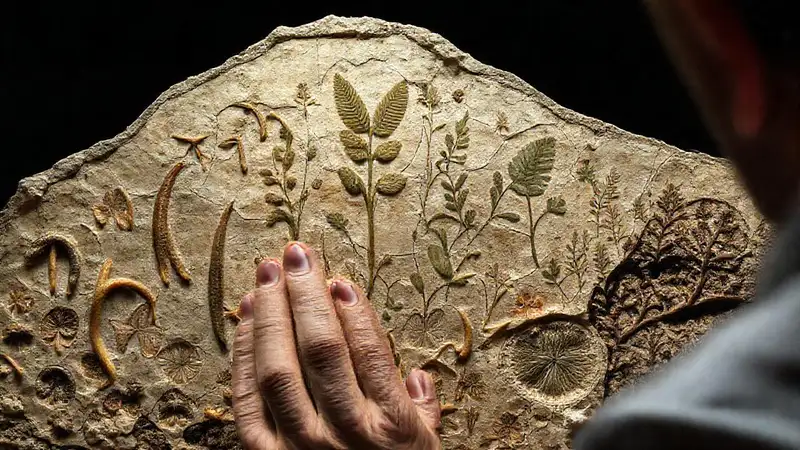
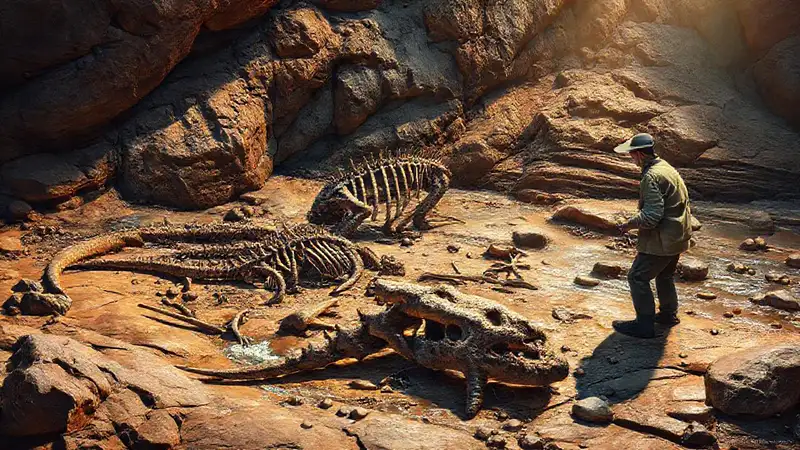
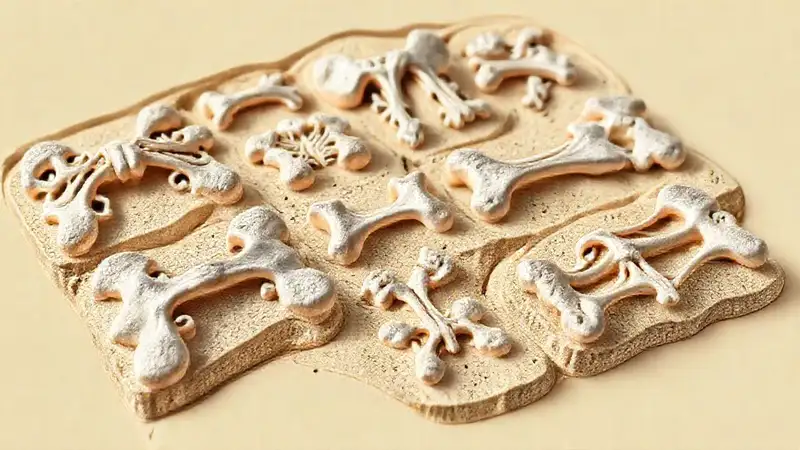
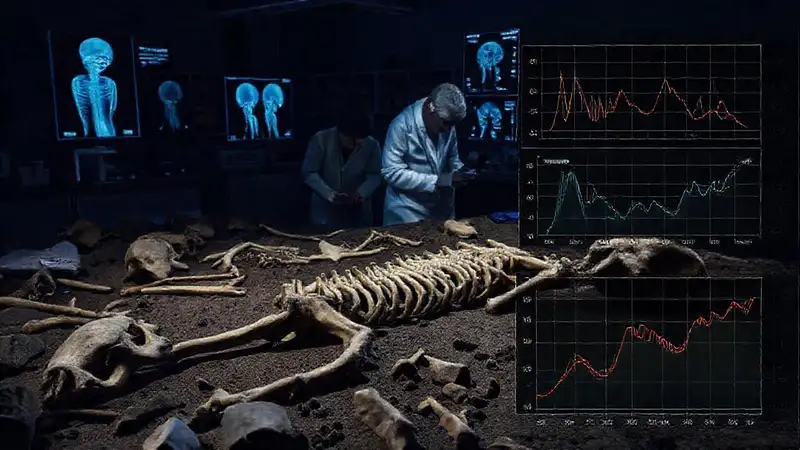
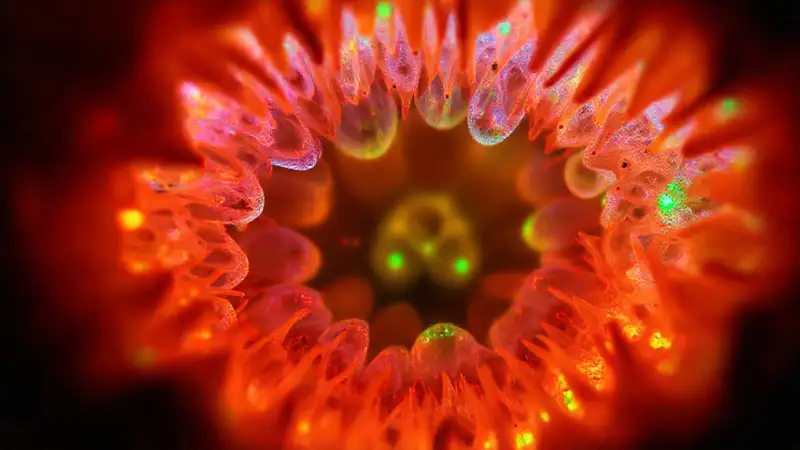
Deja una respuesta